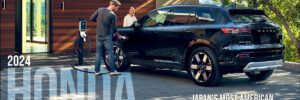
As it did in previous decades, Honda has used another maker’s car to enter a new US segment.
Honda is often known as the world’s largest maker of internal combustion engines—more than 14 million of them a year. It sells those engines in a variety of containers, from home generators and lawn mowers to ATVs and automobiles. Over the years, the company has pioneered a number of advanced powertrain technologies, including both natural gas and hydrogen fuel cell vehicles.
None of those were battery-electric vehicles, however.
That left Honda severely behind in the global race toward long-range electric vehicles that Tesla kicked off in 2012 with its Model S. Since then, in North America, Honda has sold two pure EVs in tiny numbers: the 2013-2014 Honda Fit EV (82 miles of EPA range) and the 2017-2019 Honda Clarity Electric midsize sedan (89 miles of range). Both were purely compliance cars.
Now, finally, Japan’s third-largest automaker (and perhaps that country’s most Americanized car brand) is selling a real EV. It’s the 2024 Honda Prologue, a midsize crossover utility with roughly the footprint of Honda’s midsize two-row, gasoline-powered Passport. A spacious five-seat utility vehicle, it’s EPA-rated at 273 to 296 miles of range.
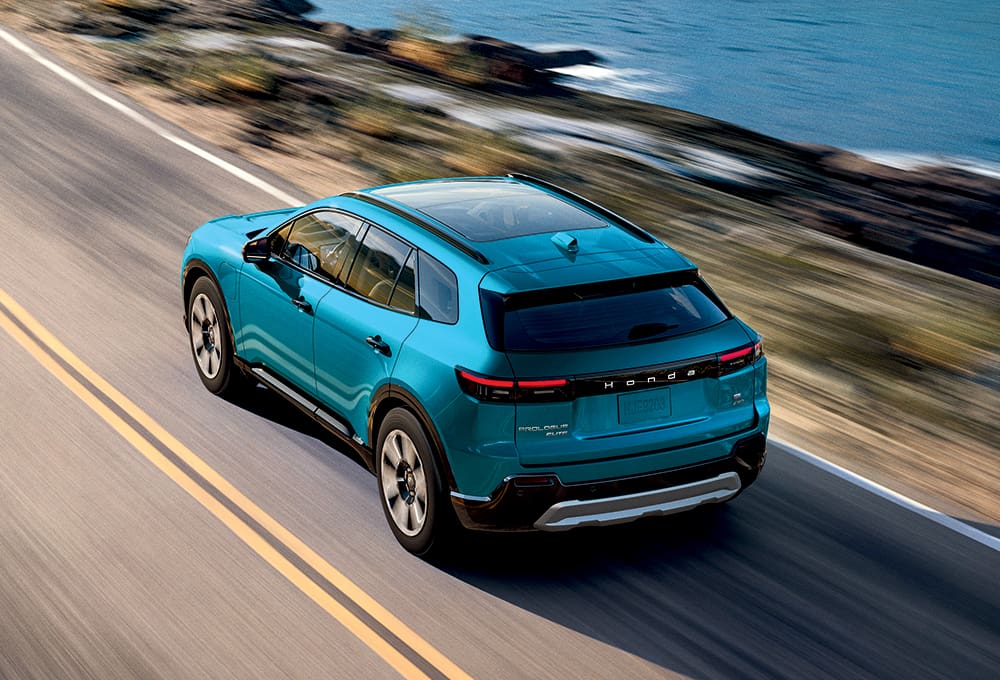

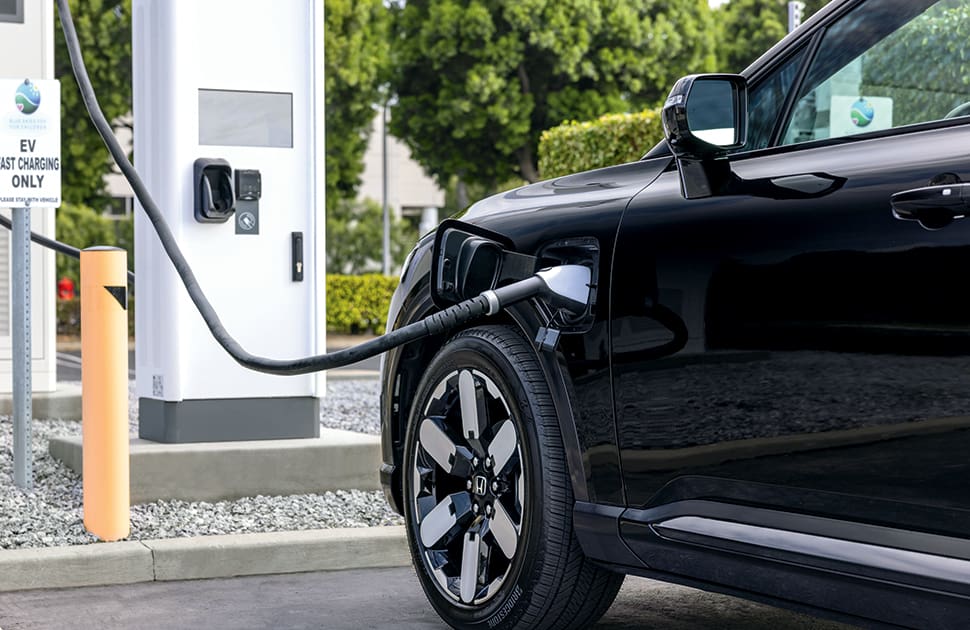
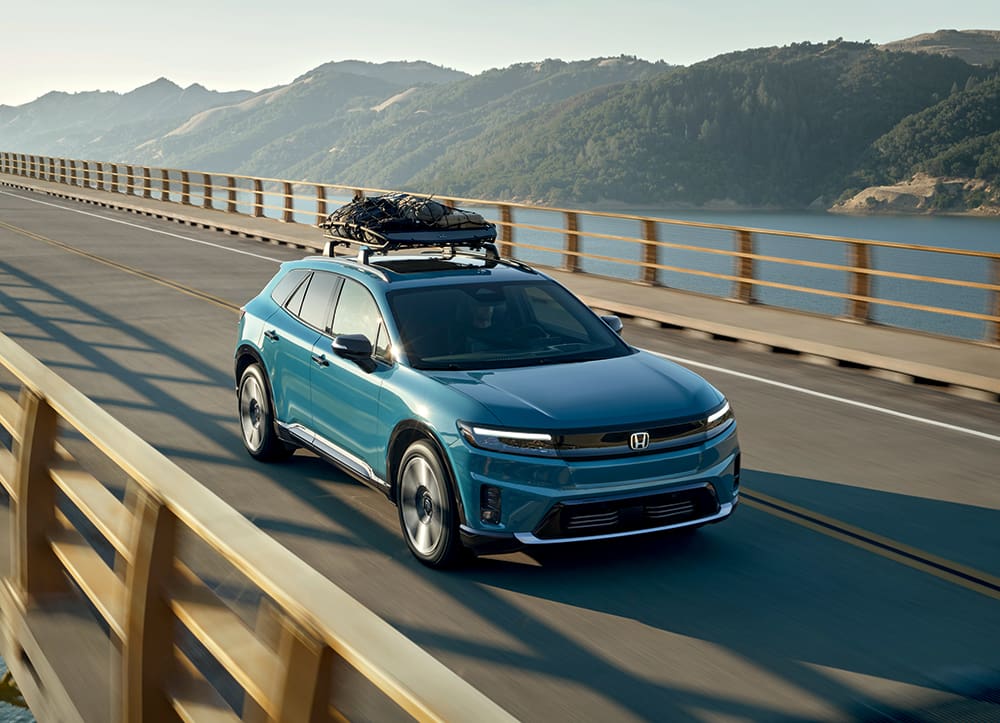
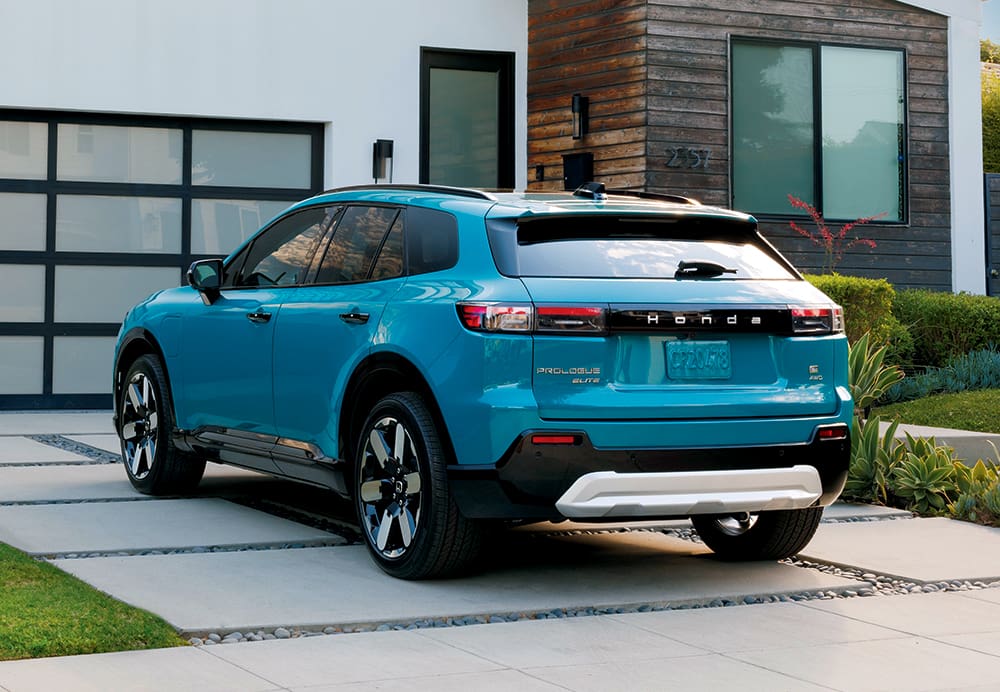
Data since sales started in March suggests that the Prologue has done well for Honda—more than 5,400 were sold in August 2024 (the most recent month before this article closed). A Honda exec told Charged in February he was confident they’d receive 40,000 Prologues from the factory in Ramos Arizpe, Mexico, during calendar 2024.
It’s worth noting that the Prologue presently carries heavy incentives, from the federal $7,500 point-of-purchase rebate to Honda’s own internal spiffs. As Electrek recently said, “With up to $14,250 in incentives, the Honda Prologue can be even cheaper to lease than a Civic, despite costing nearly double.”
Honda did a deal with GM to develop its own electric SUV, the Prologue, on Blazer EV underpinnings.
Is it really a Honda?
The secret to this remarkable debut lies in a deal announced back in 2020 between Honda and General Motors. GM planned to roll out a variety of vehicles based on its Ultium architecture, from the luxury Cadillac Lyriq through the rock-climbing GMC Hummer EV to the mass-market compact Chevrolet Equinox EV. A core vehicle within those plans was the midsize Chevy Blazer EV—which shares structural dimensions and body hard points with the more upmarket Lyriq.
Honda did a deal with GM to develop its own electric SUV, the Prologue, on Blazer EV underpinnings. GM would build the car for Honda alongside the Chevy in its Ramos Arizpe plant. Honda would also develop an upmarket Acura ZDX crossover on the same platform—that one would be built by GM at the Lyriq assembly plant in Spring Hill, Tennessee.
While the battery sizes, body hard points, and other core characteristics remain common between the Blazer EV and the Prologue, Honda made several revisions to give the Prologue more of a Honda feel. For one thing, it declined a rear-wheel-drive version, offering the Prologue only with front- or all-wheel drive, to preserve the expected on-road behavior from a brand that has never sold a four-seat, rear-wheel-drive car in the US.
While the battery sizes, body hard points, and other core characteristics remain common between the Blazer EV and Prologue, Honda made several revisions to give the Prologue more of a Honda feel.
Another tweak was multiple refinements to the multi-link suspension, front and rear, to give the Prologue more of a sporty feel on the road. Finally, the Prologue offers both Android Auto and Apple CarPlay as standard. That compares to GM’s new EV lineup, which includes 8 years of free Google Maps navigation, but doesn’t mirror phones using either operating system. Instead, GM-branded Ultium EVs give buyers 3 years of App Access free—after which that capability alone costs them $14.99 per month, for the ability to do what they used to do for free on their phones. How that will play out remains to be seen; clearly Honda didn’t want to run that risk.
Behind the wheel
In both a January media drive through California’s Napa Valley and an August week in upstate New York with a Prologue test car, we came away with the same impressions: Honda is selling a pleasant, large, spacious midsize EV crossover.
Powertrain specs for the Prologue are similar to those of its GM counterparts. All versions are powered by an 85 kWh battery pack under the cabin floor. In the all-wheel-drive version with two motors, Honda quotes power of up to 212 kW (288 hp) and 333 lb-ft of torque. The base front-wheel-drive model is rated at 155 kW (212 hp) and 236 lb-ft.
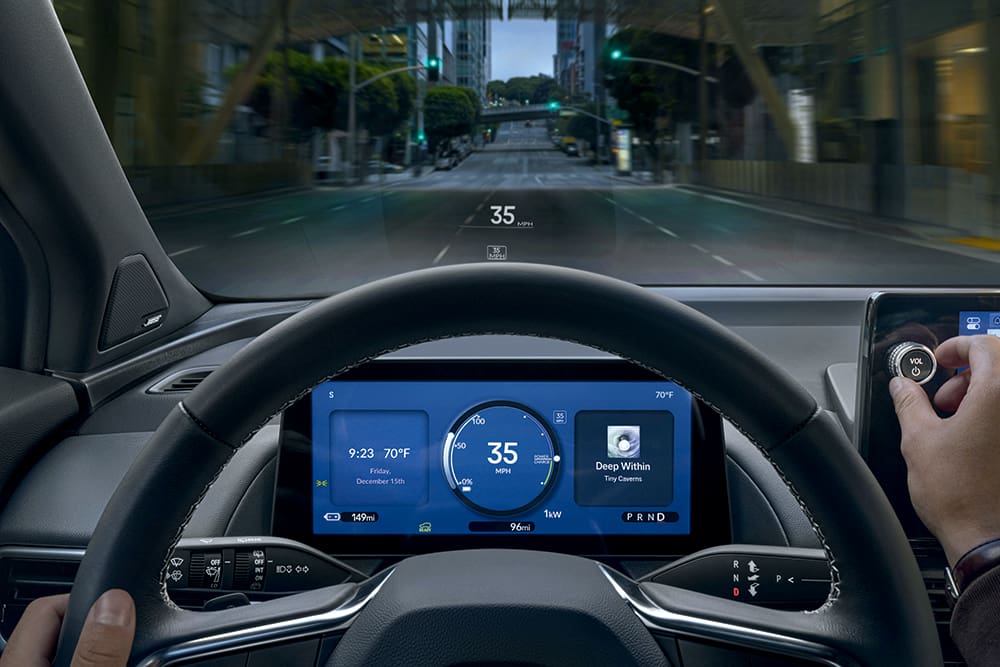
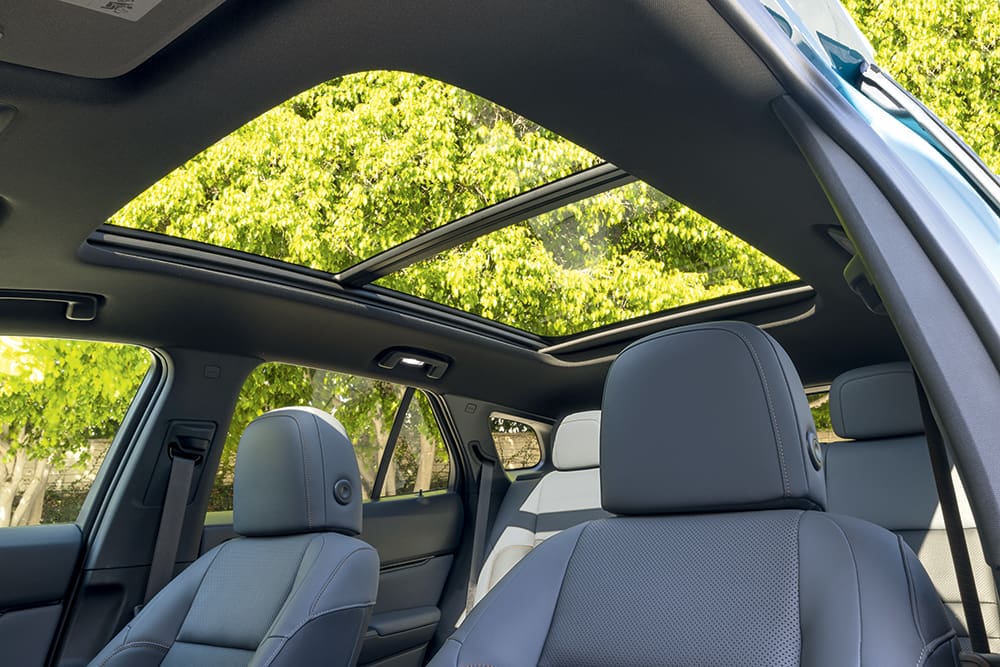
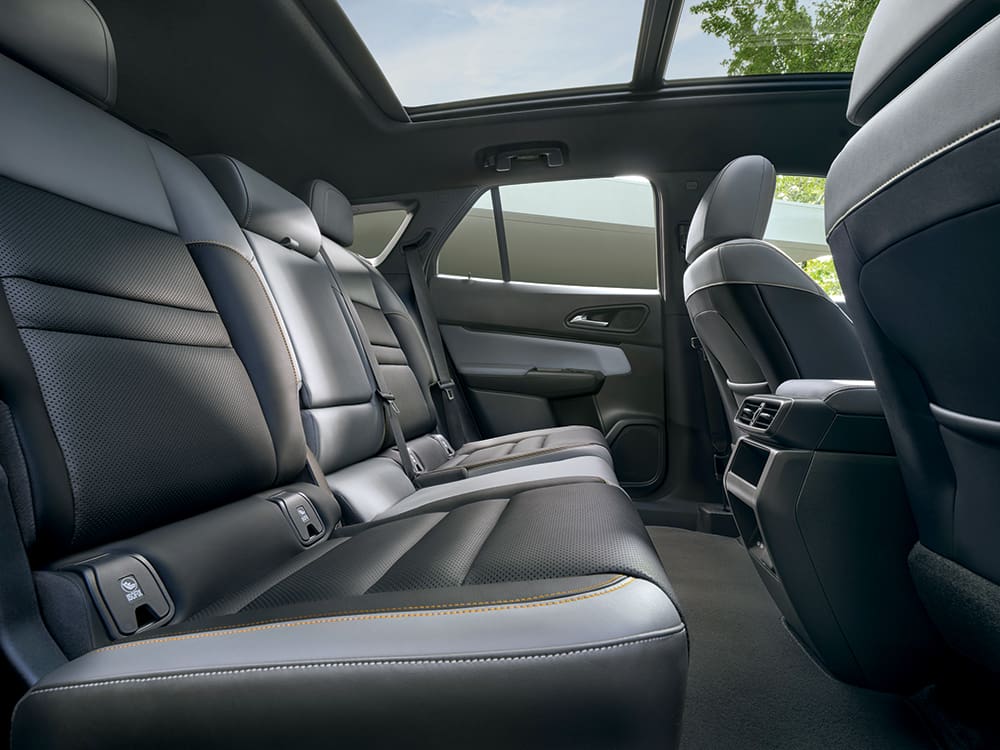

That provides enough acceleration and cruising to keep up with almost any form of traffic a family is likely to encounter. Steering is somewhat vague, and the Prologue is a happier vehicle on wide, flat suburban arteries than being tossed through curving, irregular canyon roads. Its one-pedal driving is exceptionally well-executed, with standard and strong levels available (also none at all). Drivers of other EV brands will notice that the Prologue accelerates more deliberately than the hair-trigger thrust of some other makes.
Honda said it tuned accelerator response and other characteristics to make the Prologue feel “more like a Honda,” but you won’t find many similarities to the light, tossable Civic compact sedan in this SUV of 5,000 pounds or more. Here, the goal was interior space, comfort and battery range more than performance.
A few peculiar aspects likely reflect the combination of fixed GM architecture underneath with Honda’s approach to controls and information layout. For instance, there’s no front trunk.
A few peculiar aspects likely reflect the combination of fixed GM architecture underneath with Honda’s approach to controls and information layout. For instance, there’s no front trunk, which seems like a major lost opportunity in a lowish SUV with a long hood designed to mimic the proportions of an SUV with a big engine up front.
Trims and specs: all below $60k
Honda laudably kept hard controls—knobs and buttons—for a majority of the vehicle functions. Its center console has large cupholders for big bottles or smaller coffee cups, lower storage, an upper tray, and space for your phone. But compared to the crisply executed cabin of a Civic, the materials—Honda surface styling over GM underpinnings—can seem a bit chaotic or unfinished.
Three trim levels are offered: a base EX, a midlevel Touring, and a top-of-the-line Elite. All share identical propulsion systems, whether front- or all-wheel drive (a $3,000 option on EX and Touring, standard on Elite). They are differentiated mostly by trim and appearance items and technology features.
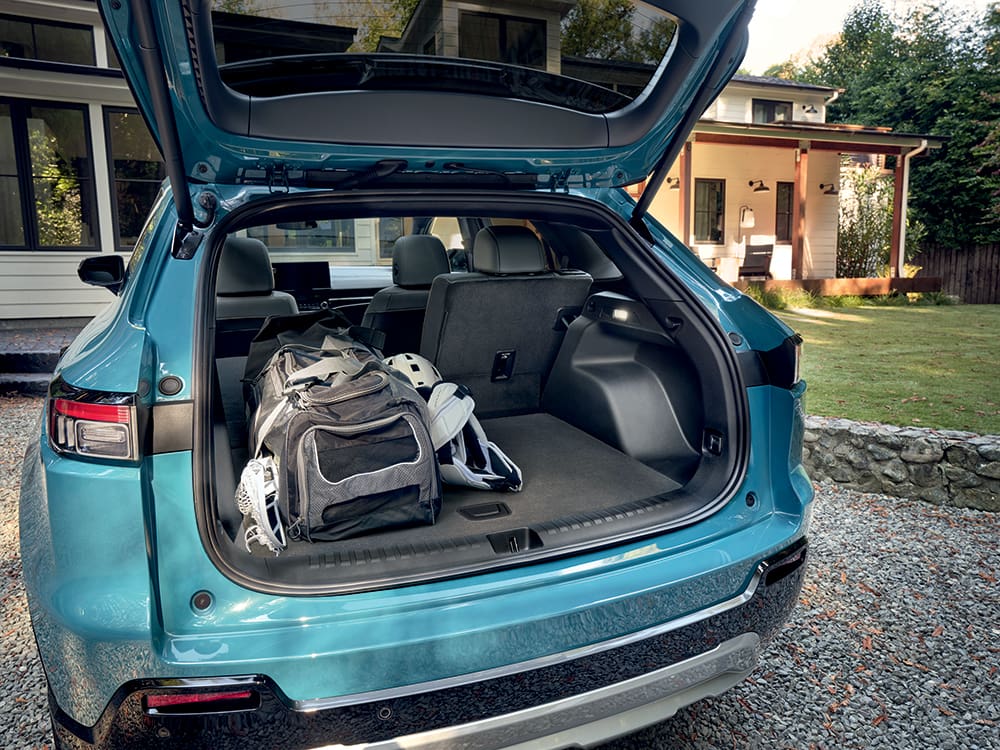
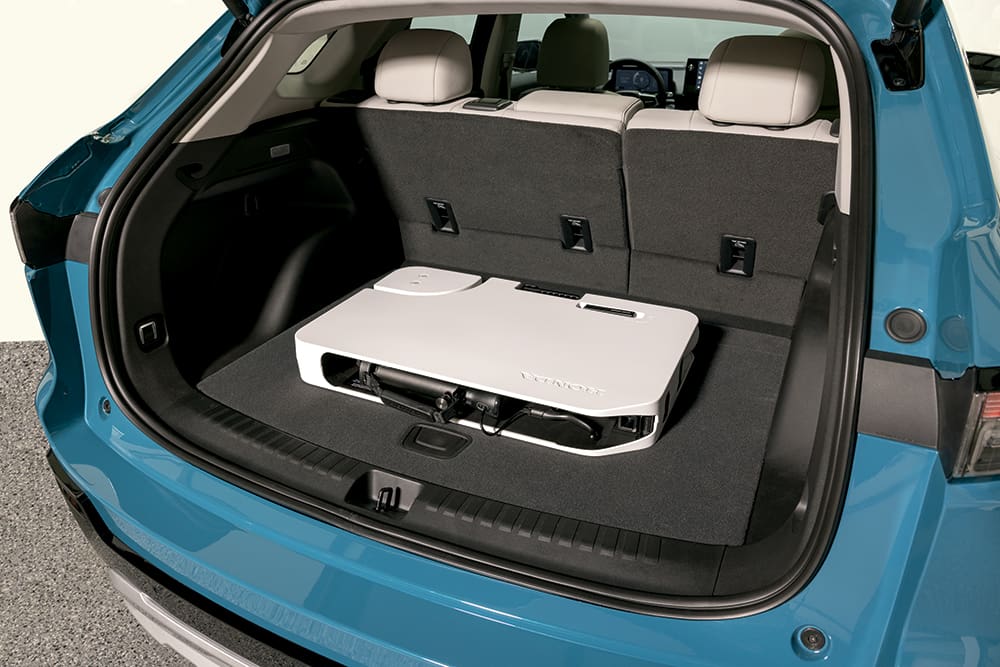
Pricing starts at $48,795 for the EX in FWD form; the AWD EX at $51,795 may be the best value for many buyers. A top-trim Prologue Elite—which adds niceties like perforated leather upholstery, heated and cooled front seats and heated wheel, 21-inch wheels, a head-up display, and even an AC outlet for rear passengers—comes in at just below the crucial $60,000 mark: $59,295. All prices include Honda’s mandatory $1,395 delivery fee.
We expect the Prologue to find takers fairly easily among its customers who are EV-curious but would never consider a domestic brand—and may have been underwhelmed by the Toyota bZ4X.
We expect the Prologue to find takers fairly easily among its customers who are EV-curious but would never consider a domestic brand—and may have been underwhelmed by the Toyota bZ4X.
Cheaper joint EV program: cancelled
So how’s the Honda-GM partnership working out? The Honda Prologue and Acura ZDX are presentable, competent and competitive. But that may not have been enough. After 12 to 18 months of GM delay in getting its Ultium vehicles into series production—through an inability to scale up the automated assembly of battery modules using new equipment—in October 2023 Honda canceled plans for a previously-announced second GM partnership to develop less costly, more affordable EVs using next-gen technology.
In October 2023 Honda canceled plans for a previously announced second GM partnership to develop less costly, more affordable EVs using next-gen technology.
Just three months later, Honda announced that its first vehicles on an internally developed Honda 0 Series platform will hit the market in 2026, earlier than previously expected. Prototypes shown include a sleek Saloon (aka sedan) and a more boxy Space-Hub van/SUV. The series was developed using three precepts, said Honda: thin, light and wise. In Asia and Europe, the company has had its subcompoact Honda e three-door hatchback on sale for a few years. But with likely US range under 200 miles and a smaller size than most Americans would consider, that vehicle was never intended for North America.
Meanwhile, the Prologue and ZDX will represent Honda in the mainstream sector for EVs in north America. They’ll likely run at least through 2028—with GM underpinnings, built by GM in its own factories.
Honda’s deal to jump into a new segment using another automaker’s products shouldn’t be all that surprising. Students of auto industry history will recall that Honda rebadged an Isuzu Trooper as the Acura SLX, while Honda in turn provided Isuzu with an early generation of the Odyssey minivan—which Isuzu relabeled an Oasis and sold for the 1996 through 1999 model years. The minivan didn’t help the smaller Japanese company, which exited passenger cars in 1993 and the US market altogether in January 2009.
It seems safe to suggest GM probably won’t suffer that fate.
This article first appeared in Issue 69: July-September 2024 – Subscribe now.
Honda provided airfare, lodging and meals to enable Charged to bring you this first-person report.
from Charged EVs https://ift.tt/xuGJQl9


No comments:
Post a Comment